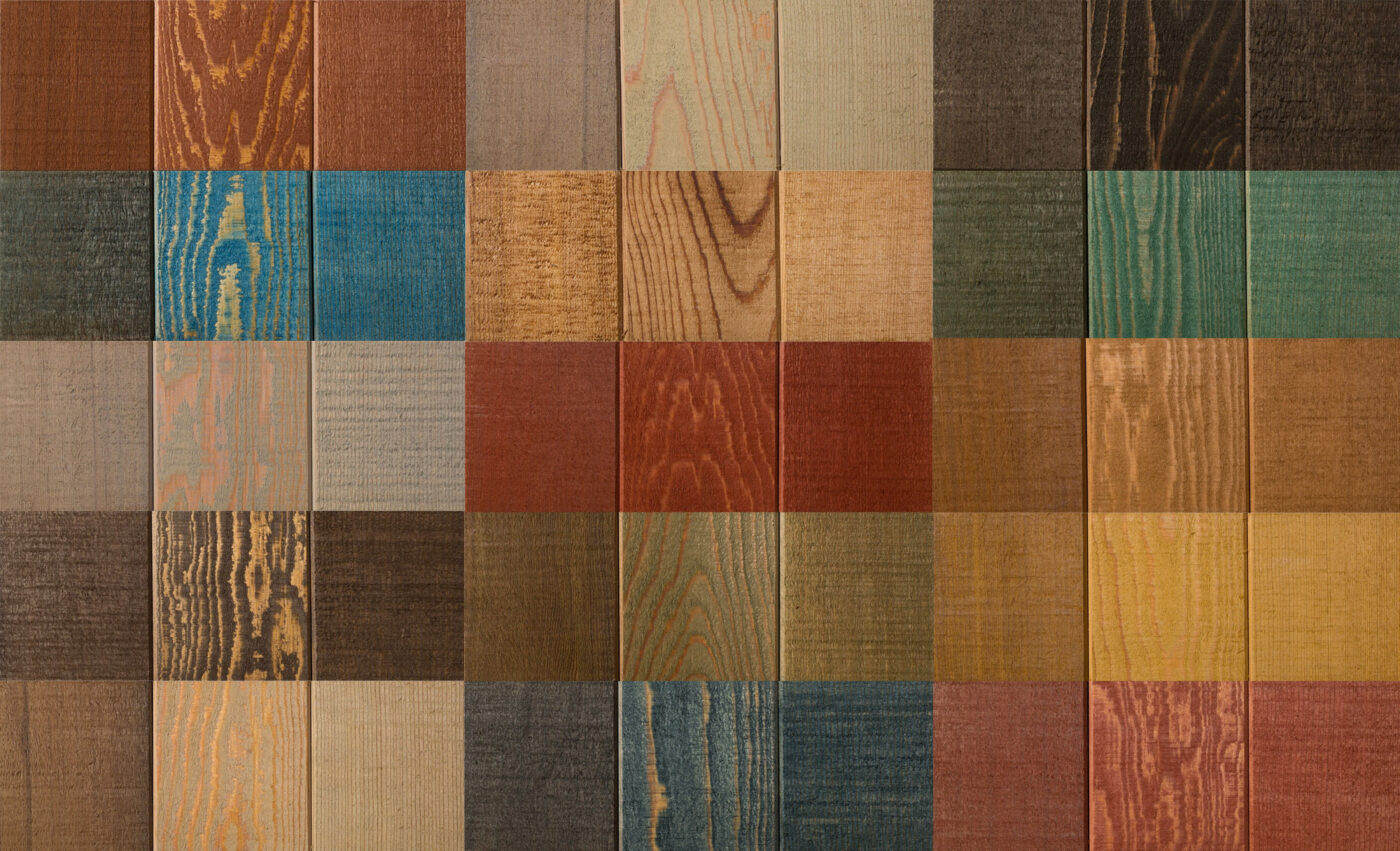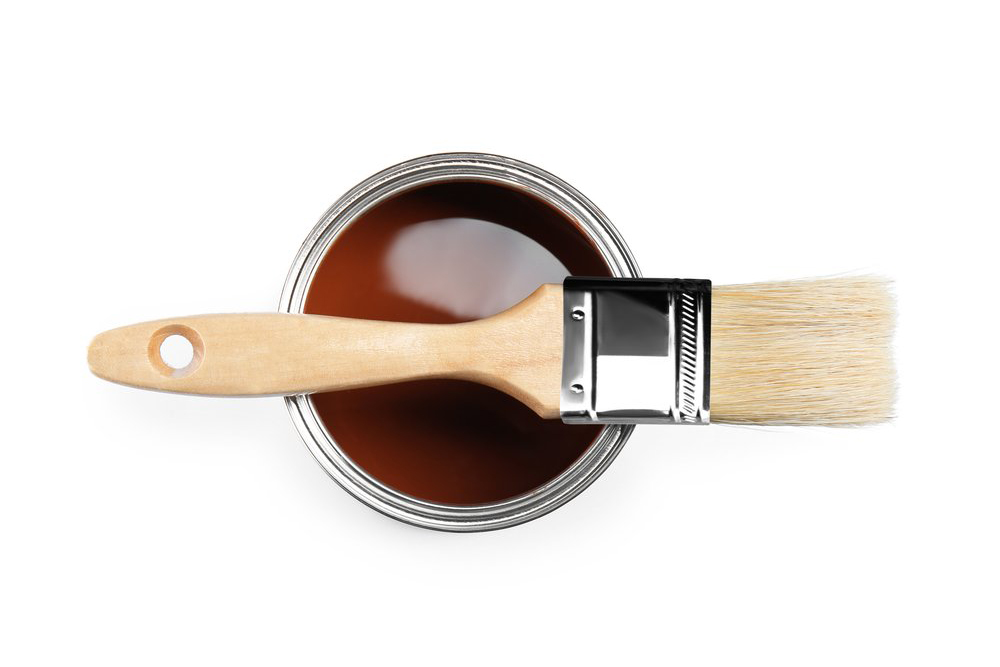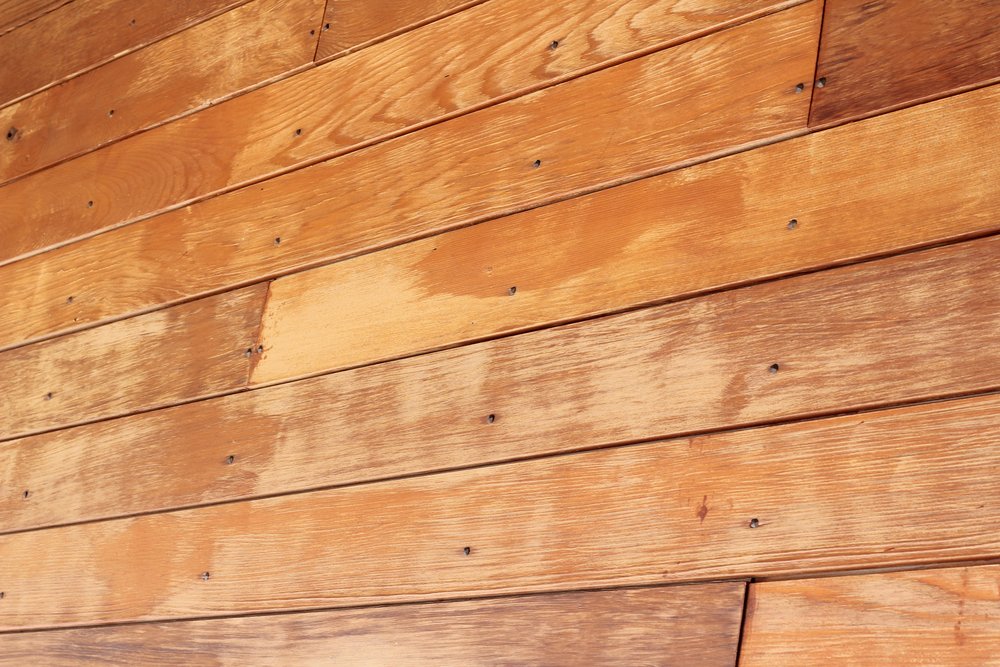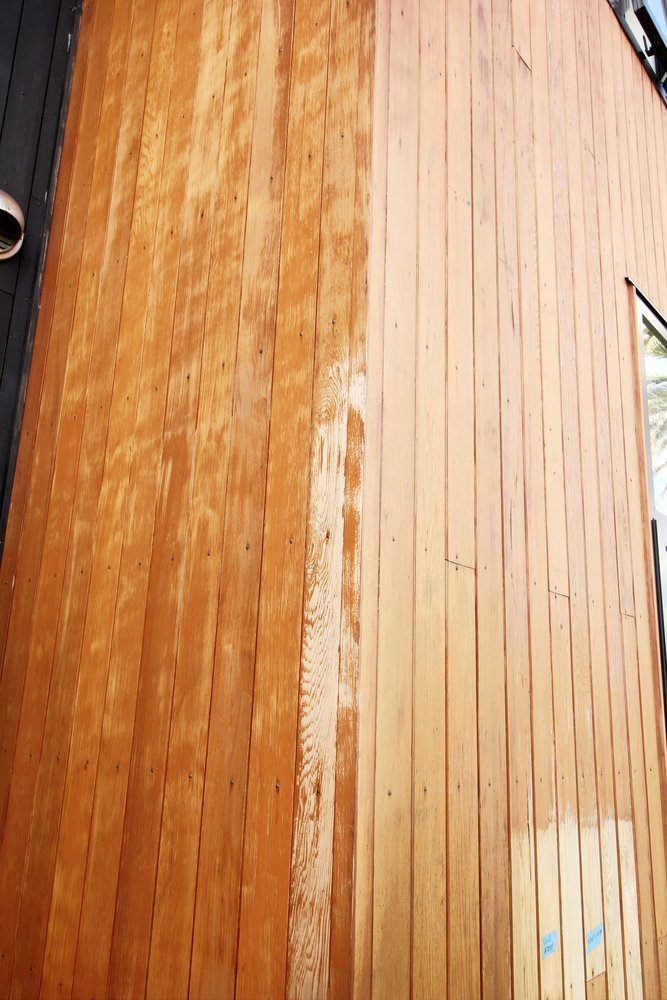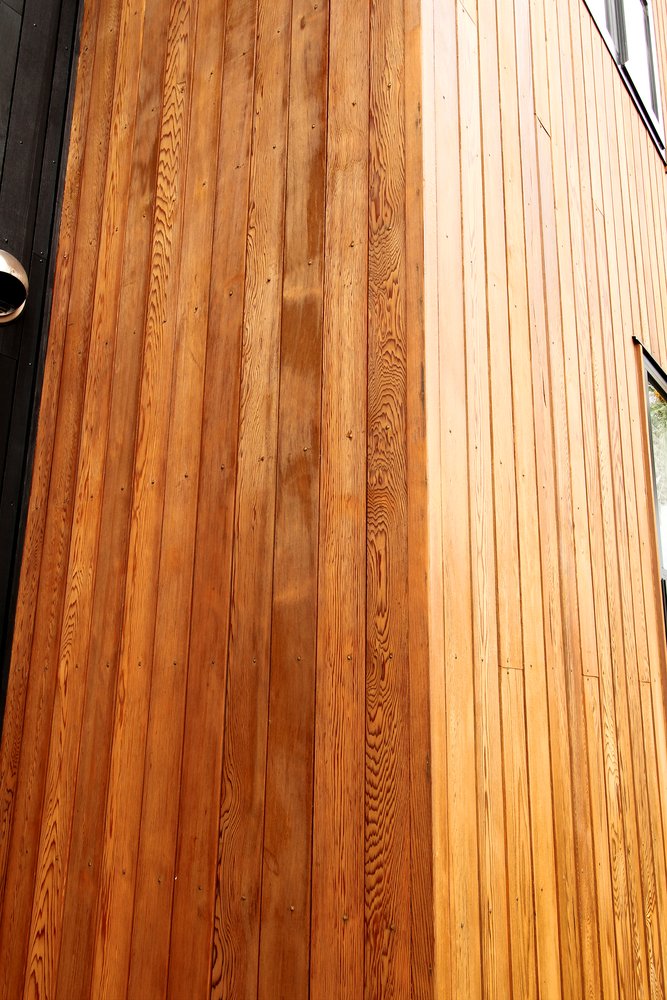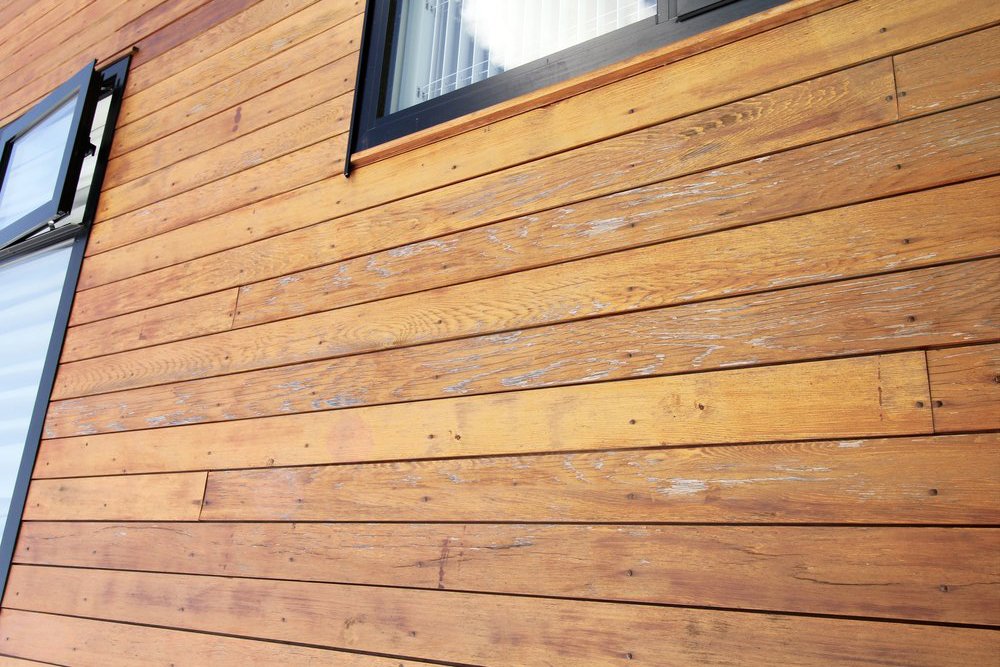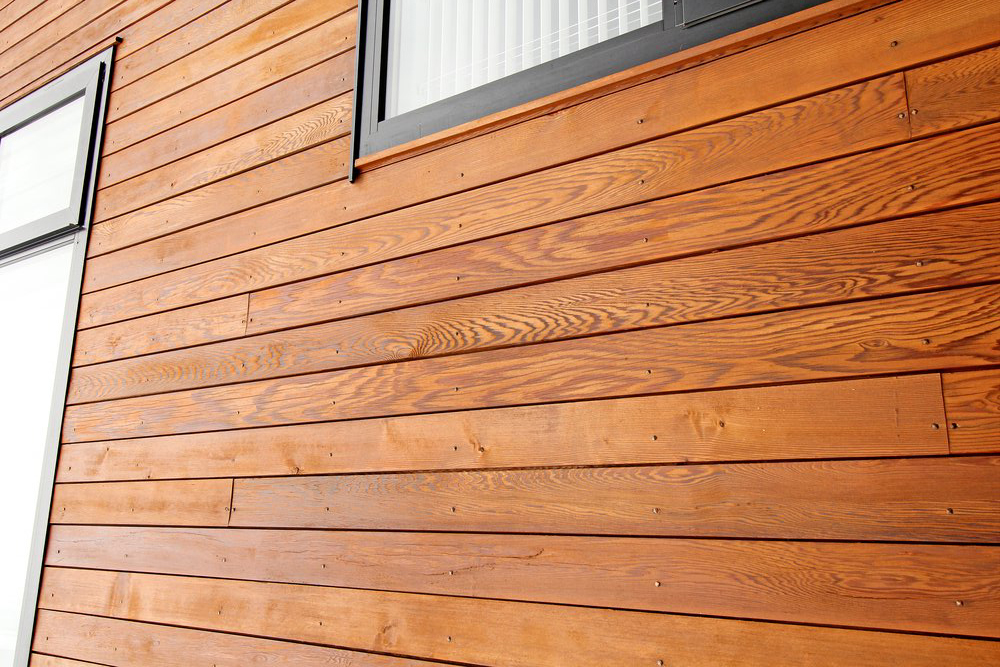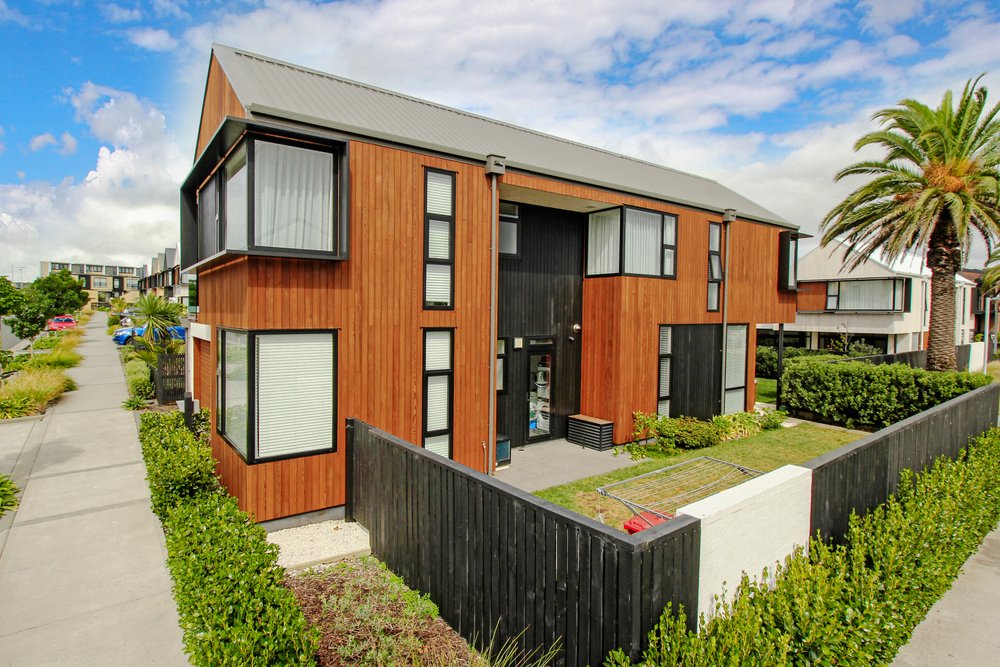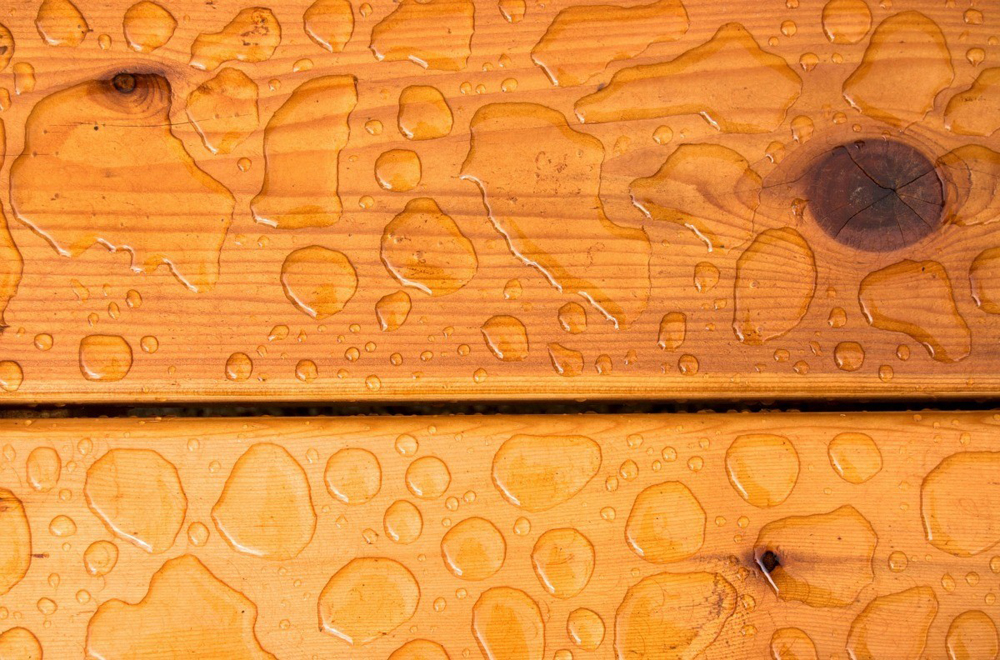Let’s get to the point. Is DIY Cedar maintenance possible?
Absolutely. Furthermore, the process is relatively straightforward.
Cedar maintenance is all about protecting the timber from the elements, most importantly, the harsh New Zealand sun. If you have a long, hot summer, the natural oils in the boards will be sucked out by the sun.
Your job is to replace the oil that the sun is extracting. Without oil replenishment, the boards will dry out over time and begin cupping.
A general DIY Cedar maintenance plan would involve soft washing your house once every few years and applying a coat of oil to sun-exposed faces every 2-3 summers.
Seems straightforward, right?
So is changing the oil on your car, but very few people have the time or are willing to get their hands dirty. The same goes for Cedar.
Here are some factors to consider before attempting DIY maintenance.
1. Convenience
We have a customer in Northland who is 83 years old and had previously maintained the Cedar on his family home for decades – and did a great job of it. Now that he can’t get up the ladder like he used to, he came to us for help.
Anybody can learn how to maintain their own Cedar, but not everybody has the inclination. Maintaining Cedar is physically demanding, often working at heights, using bulky equipment, in a wet and mucky environment.
Hiring a professional means you don’t have to worry about anything. They will bring all their own equipment, have experience working at heights and clean up after themselves, leaving nothing but a beautifully maintained house.
2. Property Access
Accessing the different areas of your house can be tricky, and potentially dangerous.
Even on a flat property, there are always parts of a house that are difficult to reach. The job gets even more complicated if the ground is uneven.
Double story house can be quite daunting. Some houses require scaffolding, but most houses can be accessed with a ladder.
If you are not comfortable working on a ladder, or the ground around your house is uneven, it is usually safer to hire a professional who is experienced working at heights.
If your house does require scaffolding, a professional Cedar maintenance company will often have their own scaffolding and manage the whole process, saving you time, headaches and money.
3. Risk of Damaging the Cedar
The surface of a Cedar weatherboard can be easily damaged. The water blaster should be set at a low pressure and moved across the boards in a steady motion without pausing.
Water blasting at a high pressure can strip away too much of the soft tissue in the timber, leaving it streaky and unsightly.
This is often when we get called, only now the customer is paying for remedial work to restore the damage rather than just maintenance.
Your home is usually your most valuable investment. By hiring a professional, you are removing the risk of damaging the timber and ultimately, adding value to your investment.
4. Preparing the Cedar for application
Cleaning and preparing the Cedar is the most important part of getting a satisfactory finish.
People can be so scared of damaging the timber, that they use a water pressure that is too low or don’t scrub sufficiently to properly clean the Cedar.
If you do not remove all the built-up organic matter, whatever you put on the surface will then be compromised.
To prepare your Cedar with a water blaster, make sure you wash it at the right pressure, or scrub the boards with an appropriate brush, making sure the boards are free of any timber fibres, oxidised tint, dirt, mould, lichen and moss.
Once all that is gone, you need to make sure any stain on the boards is evenly removed. You don’t want the boards under the soffit left a different colour.
5. Consistent application of the product
Applying a stain is simple, you move the brush from one side to the other keeping an even coverage and a wet edge.
But getting an even finish across the boards takes time and practice. If the stain dries before you finish, there will be lines in it.
We have also seen DIY oiling attempts that only go 3/4 of the way up the wall because they couldn’t reach any higher, or thought the Cedar was protected by the soffits of the house.
Trying to blend that in after the event is very difficult and always ends up costing more in the long run.
Thinking Twice About DIY?
Anyone can learn how to maintain their Cedar, but it probably looks easier than it is and is fraught with little problems that when added together, become bigger issues.
If you require expert advice, call us on 0800 298 298. Our friendly team is always ready to help.




